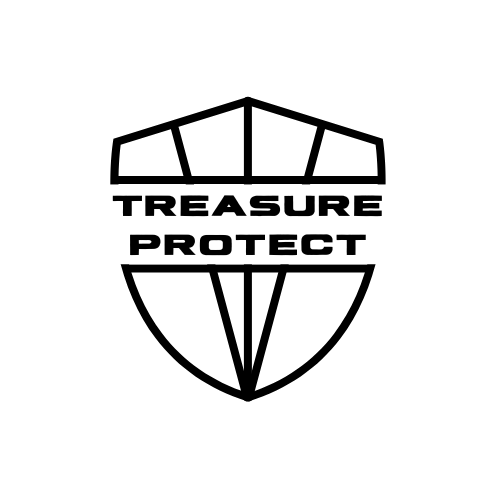Something happened to your jewelry — you lost it or it got stolen. You’re crushed. You’re missing your beloved piece, but you remember — you have jewelry insurance! Now you have to file your claim, to replace as best you can your irreplaceable. So how is this replacement amount determined? What type of coverage does your policy provide?

Hopefully you’re not waiting until this point in the claims process to understand how your jewelry coverage is determined. If so, consult your policy for coverage-type and review the explanations below for guidance. However, if you’re in the pre-purchase/research phase then you’re in the perfect position. You’ll be arming yourself with the right coverage-related questions to ask your agent or jewelry insurer — BEFORE you purchase.
What are the most common jewelry insurance coverage types offered?
The vast majority of jewelry insurance coverages will take on one of the three forms listed below. It’s critically important that you understand specifically which type is offered to you, so you know what to expect in the unfortunate event you need to file a claim.
- Actual cash value coverage (sometimes written ACV) – this one is the most complicated of the three, so we’ll defer to the III, or the Insurance Information Institute for a definition: “A form of insurance that pays damages equal to the replacement value of damaged property minus depreciation.” If your jewelry insurance is this coverage type, you should immediately inquire as to how depreciation is calculated. Jewelry can depreciate, or even appreciate, in value, but in this coverage type, the insurer will need to explicitly explain how they determine depreciation. This type of pay out will definitely require more homework than the others, and will oftentimes leave you reaching into your own pocket to cover the reimbursement amount you’ll be short due to depreciation. At the same time, this shortfall sometimes means that premiums are cheaper than the other coverage types.
- Replacement-cost coverage (sometimes repair-cost is added in the name) – Luckily the III, links to this definition from the ACV coverage definition, because they are regularly compared against each other. Here is the III’s definition: “Insurance that pays the dollar amount needed to replace damaged personal property or dwelling property without deducting for depreciation but limited by the maximum dollar amount shown on the declarations page of the policy.” This coverage pays to replace your item at fair market price, typically up to some limit listed within your policy. This is more “robust” coverage than your ACV coverage, and as such, is usually more expensive.
- Agreed-value coverage – This one the III doesn’t even bother to define because it’s fairly straightforward. In this case, you and the jewelry insurer “agree on a value” that the insurer will pay out in the event of a successful claim. That amount should be explicitly listed within the policy.
A lot of these nuances and complexities in coverage irritate customers. Sometimes it even leaves them thinking the insurer is trying to pull a fast one on them. In reality, insurers must be specific in their coverage explanations, to account for the nearly infinite claims situations that could arise. They use these particular terminologies to ensure they react consistently at claims time for all customers. It’s important for you to know these terms, so you know how they’ll behave if you have to file a claim.
Additionally, insurers also tend to price according to this terminology, or more specifically how robust their coverage offering is. For example, since replacement-cost coverage is more “robust” than ACV coverage, you should expect to pay less for ACV, and more for replacement-cost coverage. If it doesn’t net out that way, then you should question their trustworthiness, their financial stability or their newness to market. In fact, you should research these factors regardless of pricing.

Ultimately, if a price seems “too good to be true”, it should be an immediate red flag to check the coverage type, your deductible amount and particularly any limitations that may be listed in the policy’s coverage. And unfortunately, the only way to know if a price is too good to be true is to shop around for multiple quotes, and continue with your research online, or through your agent.
Here is a list of some of the bigger players in the standalone jewelry insurance market:
Want more information on what to expect to pay for your insurance — so you have a baseline understanding. Check out our “How much does it cost” page at the top, or linked to here.

